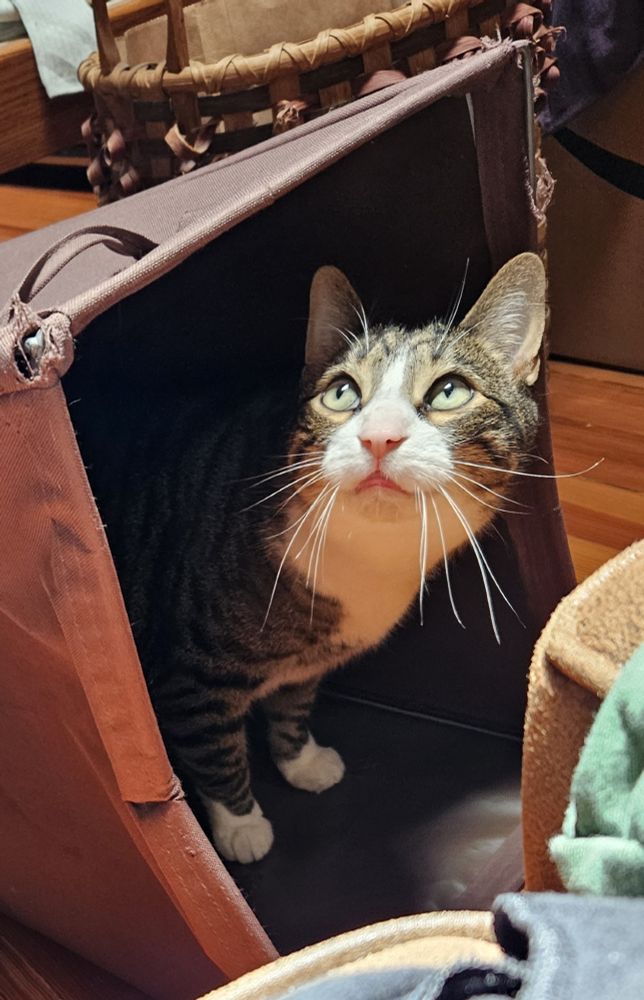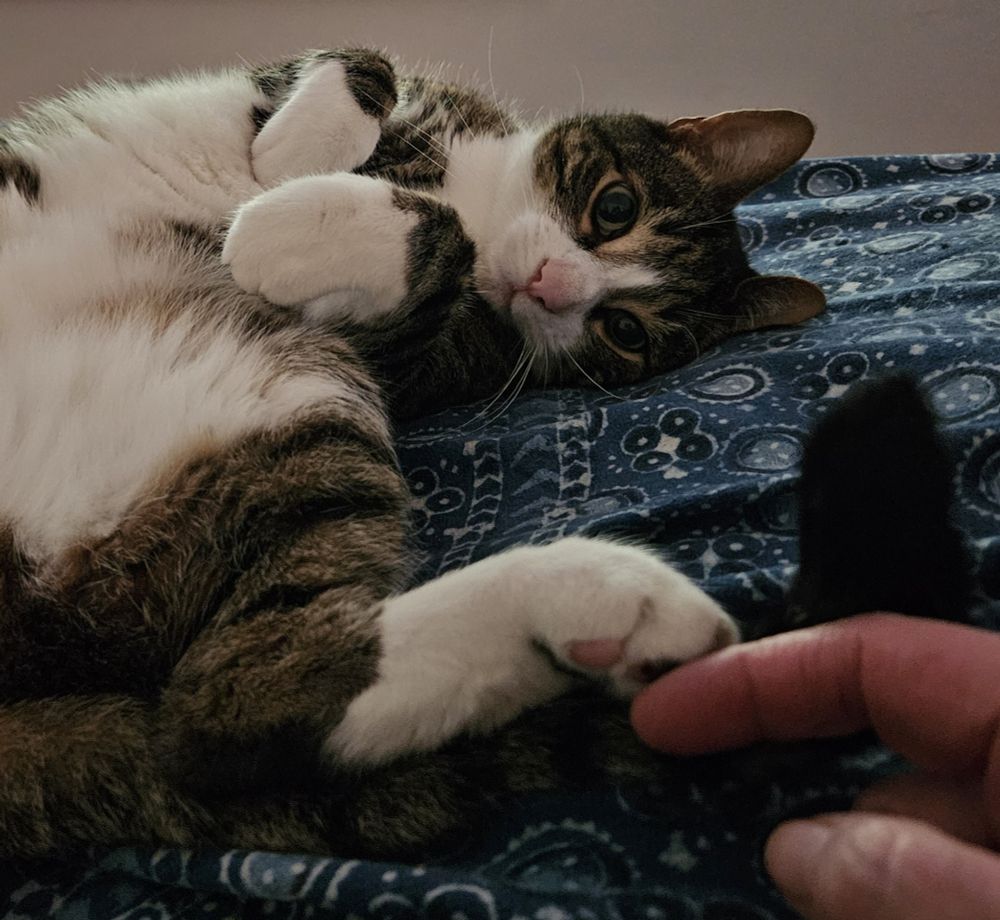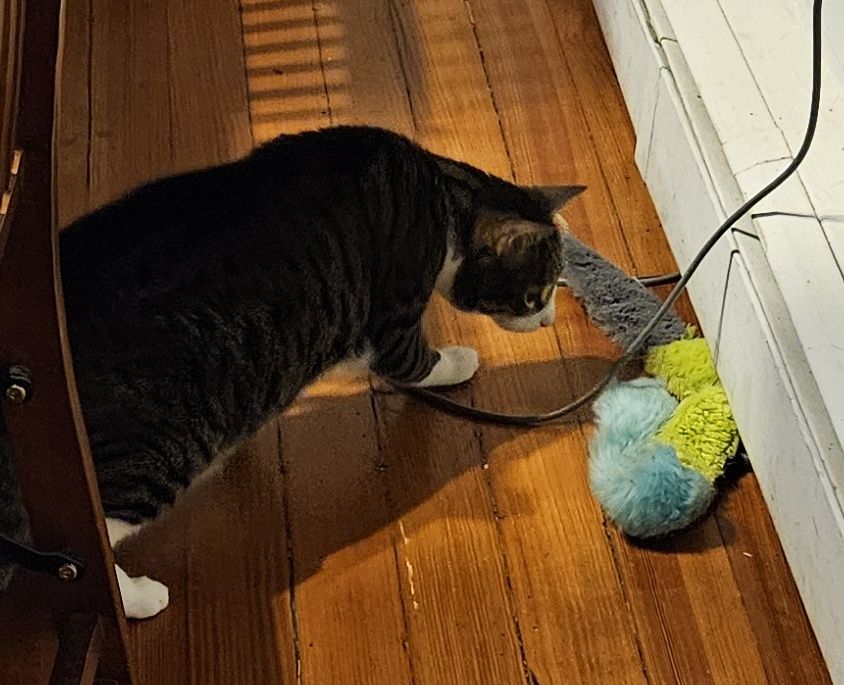I got food poisoning! I haven't gotten it in years and forgot how absolutely miserable it can be even after the worst is over. My appetite is back, which is nice, but I'm still feeling a little wary in general, which is a shame because the restaurant that I got it from (from the salsa!) was fancy, instead of some stereotypical dinky eatery, which just goes to show you can never be sure.
While feeling bleh I managed to finish reading Malaysian Cinema and Beyond: Genre, Representation and the Nation which is a relatively recent get at a local bookstore (I do have exceptions when adding to my carefully-controlled to-read book shelf). I don't think I've ever read anything about local media except a P. Ramlee biography from way back when that I can barely remember, so I jumped on this one, which is a recent 2024 publication, and features seven essays from different authors covering various local cinema topics.
The essays are short-ish and as a layperson I found some of them a bit too technical for my understanding, but I totally respect that because editor Wan Aida Wan Yahaya (who also contributed one of the essays) is totally right in that there's a dearth of scholarly analysis about our movie output and they should be as in-depth technically as they can be. The topics are: an overview (yay!) of trends through the pre-golden, golden and post-golden eras as they are generally understood; the use of CGI as flash to compete with Hollywood-made expectations vs. to actually say something; two essays about Dain Said's Bunohan; trends in representation of Malay women; war films in mythmaking of the modern nation-state; and films that look at the permeability of borders in the Nusantara region.
These were great, and while reading it I did watch some of the movies the essays discuss! Of course I had to check out Bunohan which, besides already being the topic of two essays, is mentioned in THREE other essays in the book. It's one of those few times when Netflix actually does have the thing I want to watch, and they tagged it as "understated", "art house", "rivalry", and I went -- oh no art house. I am not an art house person, and I think if I watched Bunohan without being preempted for what Said Dain was doing, I would have been lost, because I don't think I would've understood the supernatural elements of the movie until the very end (i.e. that the main characters' mother has become a supernatural creature, and their father is in possession of a saka) and from there wouldn't have been able to reflect retroactively on the film that came before it. I would've understood the encroachment of capitalism on the traditional ways, though! But the supernatural elements are a huge part of it and the film gives no context for that. That said, the camera work and framing choices are brilliant even if I wouldn't be able to get all of them, and I do love the strange opening scene.
A lot of the book's topics were fun (eg. we love melodramas and horror movies, and Pontianak Harum Sundal Malam was the turning point for modern horror -- I actually saw that in the cinema!) but my main enjoyment was in learning the older history in the early decades. Like how our movie industry was kicked off by outsiders, hence why the early films looked like Bollywood or Hong Kong-made output because they effectively were, even if the actors used were local, and that it took a while for local voices to become part of the industry and be able to tell our stories effectively, and that P. Ramlee being at the right place at the right time to absorb skills like a sponge gave the entire industry a boost. I did not know Filipino directors and crew were a strong influence as well, as that relationship doesn't seem to have carried forward much, unlike our greater overlap with Indonesia.
While feeling bleh I managed to finish reading Malaysian Cinema and Beyond: Genre, Representation and the Nation which is a relatively recent get at a local bookstore (I do have exceptions when adding to my carefully-controlled to-read book shelf). I don't think I've ever read anything about local media except a P. Ramlee biography from way back when that I can barely remember, so I jumped on this one, which is a recent 2024 publication, and features seven essays from different authors covering various local cinema topics.
The essays are short-ish and as a layperson I found some of them a bit too technical for my understanding, but I totally respect that because editor Wan Aida Wan Yahaya (who also contributed one of the essays) is totally right in that there's a dearth of scholarly analysis about our movie output and they should be as in-depth technically as they can be. The topics are: an overview (yay!) of trends through the pre-golden, golden and post-golden eras as they are generally understood; the use of CGI as flash to compete with Hollywood-made expectations vs. to actually say something; two essays about Dain Said's Bunohan; trends in representation of Malay women; war films in mythmaking of the modern nation-state; and films that look at the permeability of borders in the Nusantara region.
These were great, and while reading it I did watch some of the movies the essays discuss! Of course I had to check out Bunohan which, besides already being the topic of two essays, is mentioned in THREE other essays in the book. It's one of those few times when Netflix actually does have the thing I want to watch, and they tagged it as "understated", "art house", "rivalry", and I went -- oh no art house. I am not an art house person, and I think if I watched Bunohan without being preempted for what Said Dain was doing, I would have been lost, because I don't think I would've understood the supernatural elements of the movie until the very end (i.e. that the main characters' mother has become a supernatural creature, and their father is in possession of a saka) and from there wouldn't have been able to reflect retroactively on the film that came before it. I would've understood the encroachment of capitalism on the traditional ways, though! But the supernatural elements are a huge part of it and the film gives no context for that. That said, the camera work and framing choices are brilliant even if I wouldn't be able to get all of them, and I do love the strange opening scene.
A lot of the book's topics were fun (eg. we love melodramas and horror movies, and Pontianak Harum Sundal Malam was the turning point for modern horror -- I actually saw that in the cinema!) but my main enjoyment was in learning the older history in the early decades. Like how our movie industry was kicked off by outsiders, hence why the early films looked like Bollywood or Hong Kong-made output because they effectively were, even if the actors used were local, and that it took a while for local voices to become part of the industry and be able to tell our stories effectively, and that P. Ramlee being at the right place at the right time to absorb skills like a sponge gave the entire industry a boost. I did not know Filipino directors and crew were a strong influence as well, as that relationship doesn't seem to have carried forward much, unlike our greater overlap with Indonesia.






